Physics
Sign up for our newsletter
We summarize the week's scientific breakthroughs every Thursday.
-
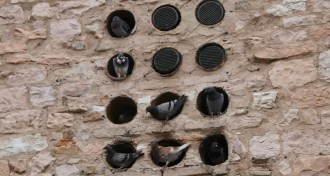 Quantum Physics
Quantum PhysicsYou shouldn’t try to pigeonhole quantum physics
A quantum analysis shows a way to violate math’s pigeonhole principle, by allowing three particles in two boxes with no two in the same box.
-
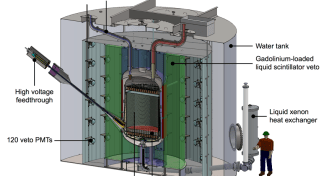 Particle Physics
Particle PhysicsDark matter hunters may get three new experiments
NSF and DOE have approved three new facilities to look for the exotic particles that might make up dark matter.
-
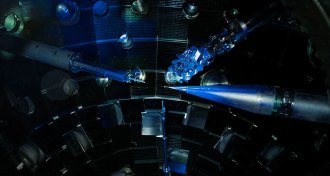 Physics
PhysicsDiamonds under pressure impersonate exoplanet cores
Scientists use lasers at the National Ignition Facility to squeeze diamonds to the extreme pressures found inside massive exoplanets.
-
 Cosmology
CosmologyLab version of early universe fails to solve lithium problem
An experiment that imitated conditions from just after the Big Bang failed to explain why observed amounts of lithium don’t match those expected from theory.
By Andrew Grant -
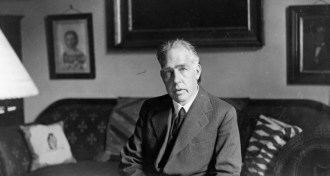 Quantum Physics
Quantum PhysicsQuantum math makes human irrationality more sensible
Vagaries of human decision making make sense if quantum math describes the way the brain works.
-
 Physics
Physics‘Faraday, Maxwell, and the Electromagnetic Field’ is a biography of brilliance
Authors Nancy Forbes and Basil Mahon show how two men’s work came together to change physics.
-
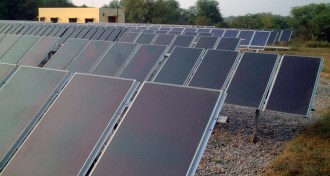 Chemistry
ChemistrySafe salt could yield cheaper, more efficient solar cells
Magnesium chloride could be the key ingredient for concocting efficient solar cells with cadmium telluride.
-
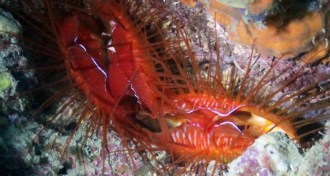 Physics
PhysicsTiny silica spheres put the disco in disco clams
The electric effect in disco clams is actually the result of light scattering off tiny silica spheres.
-
 Science & Society
Science & SocietyWeapon inspection scheme would test for nukes but keep designs secret
Technique borrowed from computer science could improve weapon verification and encourage countries to agree to nuclear disarmament.
By Andrew Grant -
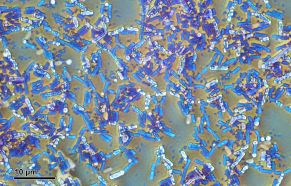 Life
LifeBacteria’s tail spins make water droplets swirl
When bacteria band together, they can turn a fairly tame drop of water into a swirling vortex.
-
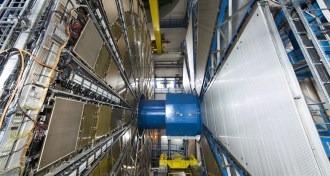 Particle Physics
Particle PhysicsIt’s almost time to get to know the Higgs boson better
The next run of particle collisions at the Large Hadron collider will examine details about how the Higgs boson interacts with other particles to search for clues to new physics.
-
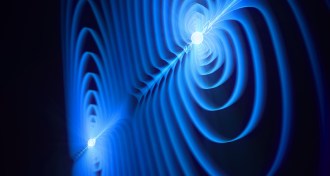 Quantum Physics
Quantum PhysicsElectrons’ magnetic interactions measured
Using characteristics of quantum mechanics, the minuscule magnetic interaction between two electrons has been measured.